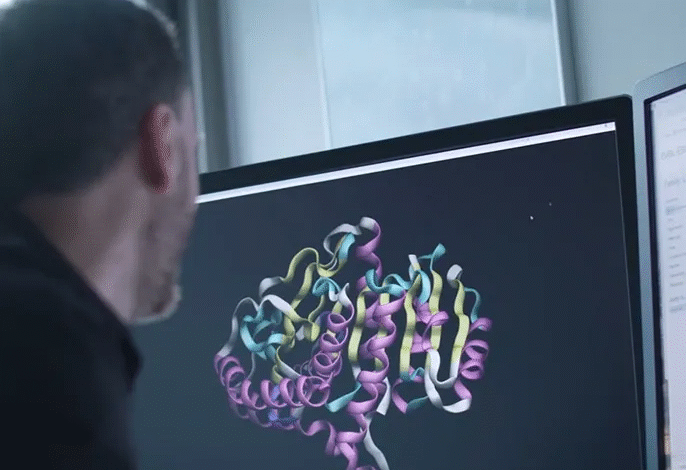“Difface”: A Revolutionary Innovation for 3D Facial Reconstruction from DNA — Between Remarkable Scientific Accuracy and Profound Ethical Challenges

In an era marked by increasing demand for precise identification tools, the human face stands out as one of the most important biometric features carrying a unique genetic fingerprint. Leveraging advanced technologies that combine genomics and artificial intelligence, researchers are now able to reconstruct facial features directly from DNA.
Facial features have long served as a visual key for individual recognition—not only in daily life but also in specialized fields such as forensic science, where physical characteristics play a critical role in identification, especially when traditional methods are unavailable.
With the advancement of high-throughput genetic sequencing technologies, forensic identification has expanded toward an ambitious approach: extracting facial features solely from genetic code. Despite the complexity of facial genetics and the intertwined effects of environmental factors, ongoing efforts aim to develop models that translate genetic code into realistic facial images.
In this context, the “Difface” model, developed by researchers at the Chinese Academy of Sciences, employs advanced AI techniques—including diffusion models, multimodal learning, and Transformers—to reconstruct a three-dimensional human face based on DNA data.
“Difface” analyzes thousands of genetic variants (SNPs) linked to 3D facial scans of individuals from the Han Chinese population, achieving high accuracy in predicting facial features, incorporating variables such as age, gender, and body mass index.
According to the study published in Advanced Science, the model demonstrated impressive precision with reconstruction errors below 3 millimeters, and a strong ability to distinguish facial traits across different age groups.
However, the model is currently limited by its genetic dataset’s ethnic homogeneity and requires broader data to ensure fair and accurate predictions across diverse populations.
Beyond its promising applications in forensic science, personalized medicine, and genetic research, “Difface” raises significant ethical concerns regarding genomic privacy and potential misuse in biometric surveillance systems—especially given its ability to generate facial images from anonymized genetic data.
Notably, forensic phenotyping previously sparked controversy, as in a 2022 Canadian case where police used a computer-generated facial image from DNA to identify a suspect, provoking criticism over transparency and accuracy.
The researchers emphasized that ethical considerations are a fundamental part of developing “Difface,” advocating for comprehensive legal and ethical frameworks to guide responsible use, and calling for multidisciplinary dialogue to balance scientific innovation with individual rights protection.
Ultimately, “Difface” represents a cutting-edge and promising step forward in understanding the relationship between the genome and facial traits—but it also poses a crucial question: How can we harness this revolutionary capability responsibly, ensuring respect for human values and privacy?








